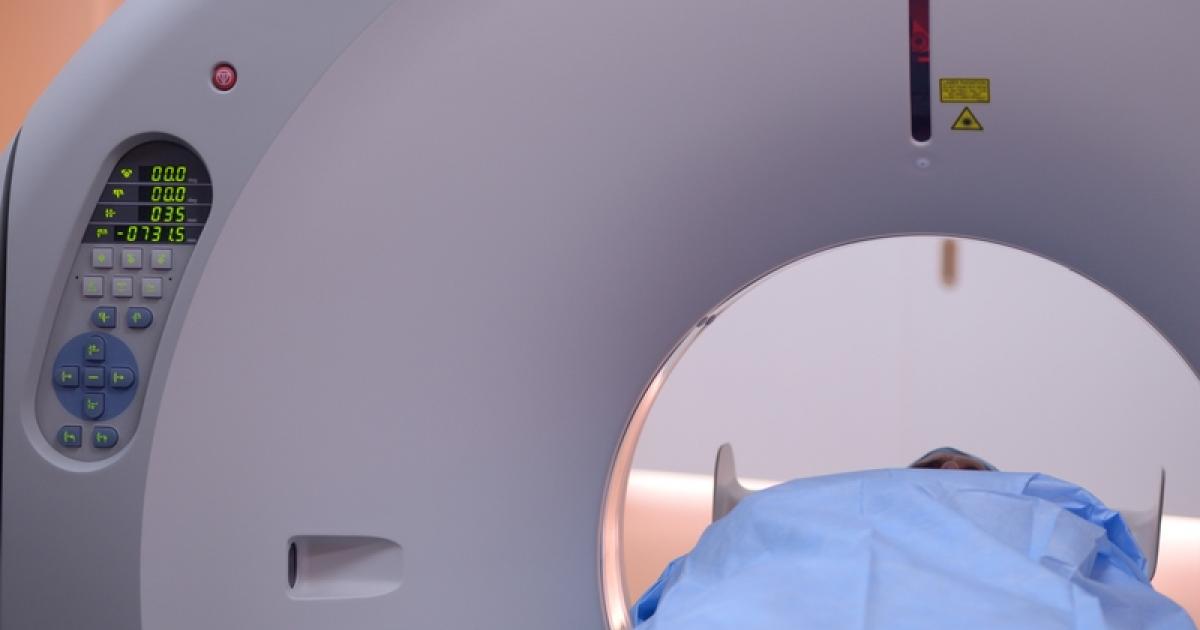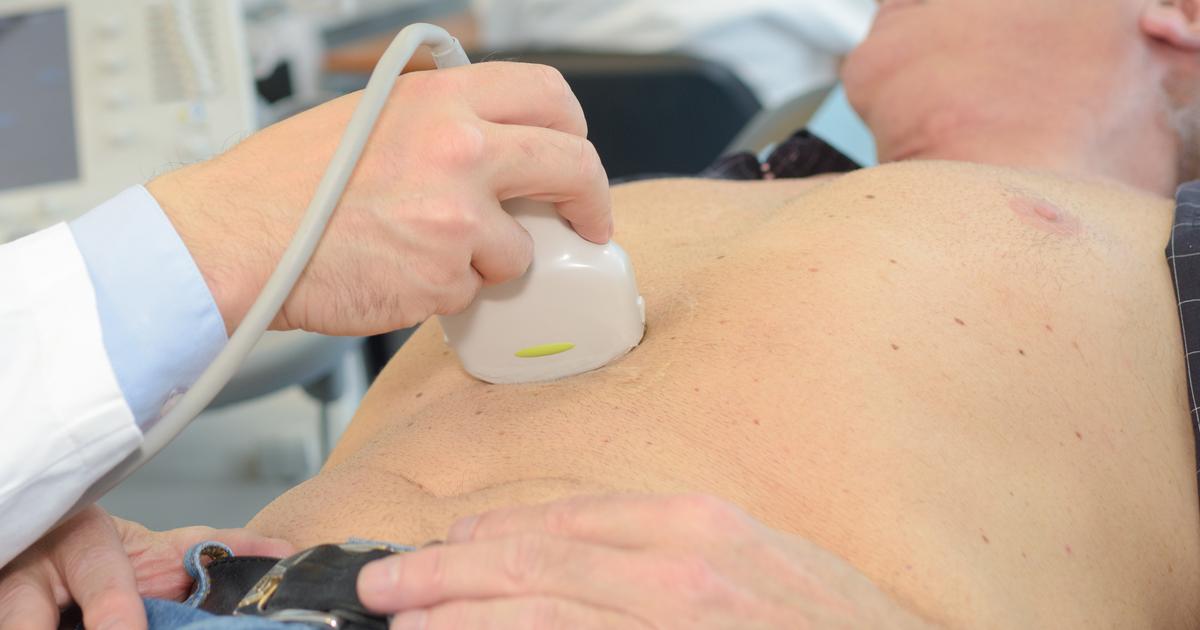The Causes, Symptoms And Treatments Of Abdominal Pain
Diagnosing The Pain

Because there are so many different causes of abdominal pain, a medical professional may ask patients several questions and perform a physical examination to determine the cause and best possible treatment. They may ask where the pain is located, what type of pain occurs (cramping, stabbing, or dull), how long the pain has been active, and what other areas of the body are affected, if any. Clinical testing may include urine or stool tests, blood tests, enemas or barium swallows, an X-ray, a computerized tomography (CT) scan or an ultrasound.
Get familiar with some of the challenges associated with diagnosing abdominal pain next.
Challenges With Diagnosing Abdominal Pain

A medical professional may have a hard time determining the cause of a patient’s general abdominal pain for many reasons. This is largely in part due to tests results that do not always come back abnormal. Ultrasounds can miss small gallstones, for instance, while CT scans do not always show pancreatic cancer. Both ultrasounds and CT scans may occasionally fail to show appendicitis or even small abscesses. Some blood tests may come back normal despite severe inflammation or infection, especially in patients who are on immunosuppressants or corticosteroids.
Keep reading to reveal some of the medical treatments for abdominal pain next.
